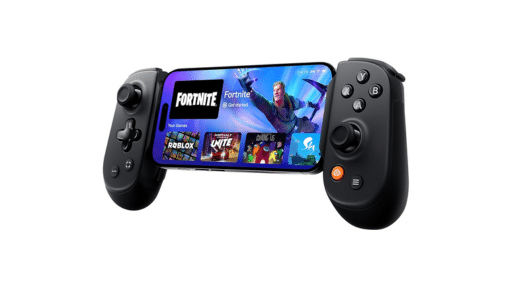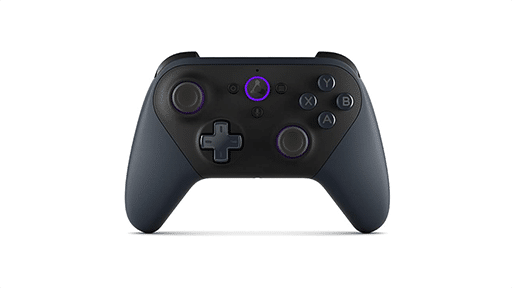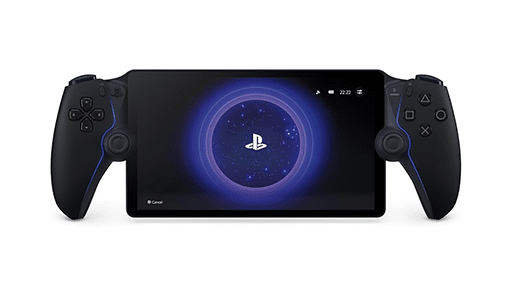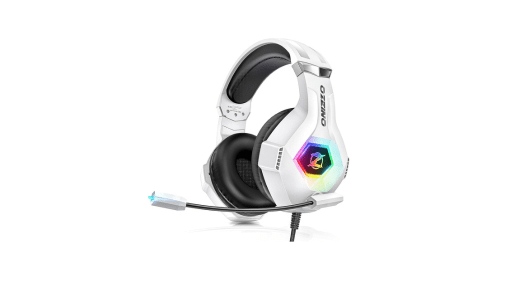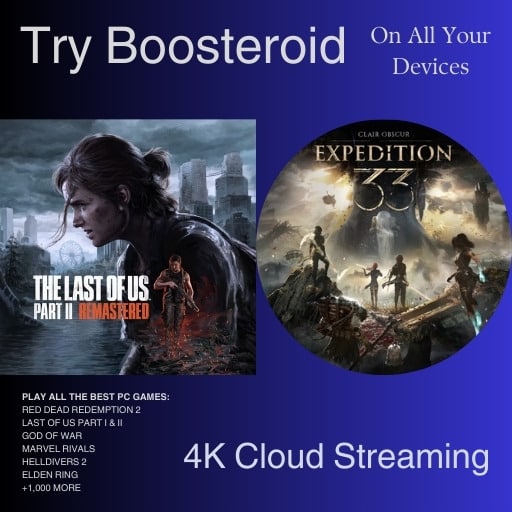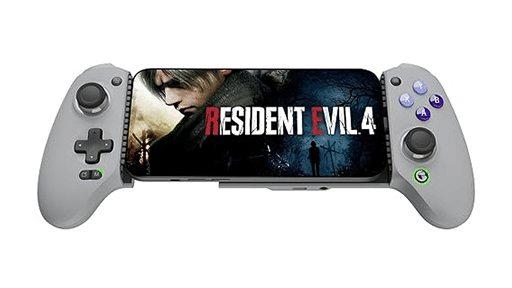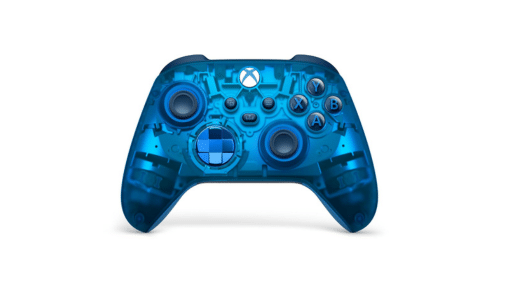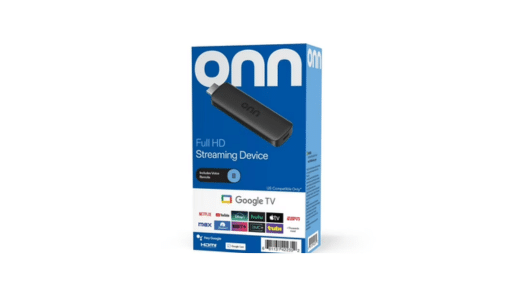Shadow PC is not another cloud gaming service. This is not a direct competitor to Boosteroid or GeForce NOW. But It may just be the perfect cloud solution for many gamers. Read on to see our full Shadow PC cloud gaming review.
Signing Up
When it comes to trying Shadow PC, there is no free tier or free trial. This may scare people off, especially given the pricing, and I understand that. Parting with your money without trying a service first is not something that we are used to anymore. It would be nice to have a short trial period for Shadow, but as long as you know what you’re signing up for, there is nothing to fear.

So what exactly does it cost? The monthly price for Shadow PC starts from £32.99 per month here in the UK (also $32.99 in the United States). That’s a little on the pricey side I think you will agree. It’s almost double the cost of GeForce NOW’s Ultimate Tier. It’s also not spec-ed nearly as high as GFN’s Ultimate tier, which comes with NVIDIA’s latest RTX 4080 GPUs. Here is what you get on Shadows basic tier:
- CPU: Intel XEON 3.5 GHz (or equivalent)
- GPU: GeForce GTX 1080 (or equivalent)
- 12 GB RAM
- 512 GB Storage
There is also a Power Upgrade tier on Shadow that comes with a NVIDIA RTX A4500 (or equivalent) GPU (which is close to a 3080), but that will cost you £49.98 a month.
There is also a setup fee of £10/$10 which is taken at the same time. After paying, you are advised your Cloud PC will be available within the hour. In my experience, this was ready immediately.
First Impressions
After signing up for Shadow PC, I downloaded the app to my phone and launched my session. Immediately my face contorted in disgust. As mentioned earlier, Shadow PC Isn’t a cloud gaming service. But it does market itself towards both gamers as well as folks with other use cases. Because it is not solely for gaming, there is no game-focused interface like there is on GeForce NOW and Booosteroid, for example. Instead, you are met with a full-blown Windows desktop interface shrunk down to the size of your phone screen. It gave me an overwhelming and uncomfortable feeling. Trying to navigate this miniature desktop, even on the larger screen of the Galaxy Z Fold 4 proved difficult. They can be changed in settings but even with the zoom set to the max, it is obvious that this is not designed for long-term use on a mobile device.
Touch Controls
Touch controls work well. That is to say: they are responsive with minimal latency. However, it does take some getting used to. Instead of tapping when you want the mouse to go, the desktop mouse mimics your touches half an inch away from your finger. This makes sense in a way as it makes it easy to see where you’re clicking. But it feels unnatural and can be disorientating.

Things aren’t much better when you get into a game. There is an option to use an on-screen controller, but the buttons aren’t thought out at all – rather just copied from an actual controller. Playing anything but the simplest of games would prove difficult here. With trigger buttons up at the top of the screen and everything else in the lower half. From Shooters to racers, these controls are no good. So, grab a Bluetooth or a Razer Kishi to get the most out of the game.
Size Matters
When moving from phone to tablet and then to PC, it became apparent that when it comes to Shadow PC, size does matter. The bigger the screen the better the experience. After all, this is a cloud-based PC. Sure, it is usable on a large phone screen, but the best cloud PC experience is on a PC. Naturally. If you have a computer that lacks sufficient power of its own, subscribing to Shadow is a great way to go instead of purchasing a new system. At £30 per month, it would take a few years before you have matched the price of an average PC. Naturally, in that time you would likely need to replace or upgrade components – something that is not necessary with the Cloud.
The Downside
The most talked about and revered benefit of cloud gaming is not running out of space on a hard drive and not needing to worry about software updates and installs. Unfortunately, this doesn’t apply with Shadow. As it is essentially running a Windows PC remotely, you will sometimes be met with Windows updates when booting up your PC. Games will also need to be downloaded and installed from your chosen platform.
There is also the issue of Limited storage space. When you sign up to Shadow PC, your setup comes with 256 GB capacity. This can be upgraded for a separate monthly fee, but given that the cost is already quite high in comparison to other services, this is hard to overlook.
If you are new to cloud gaming then this probably won’t be a pain point for you. It is still a leap forward to be able to run new PC releases on a potato-like PC or even a Chromebook. For the cloud gaming veterans used to the instant play-ability of the likes of GeForce NOW and Stadia, this very much feels like a step backwards – a middle ground if you will.

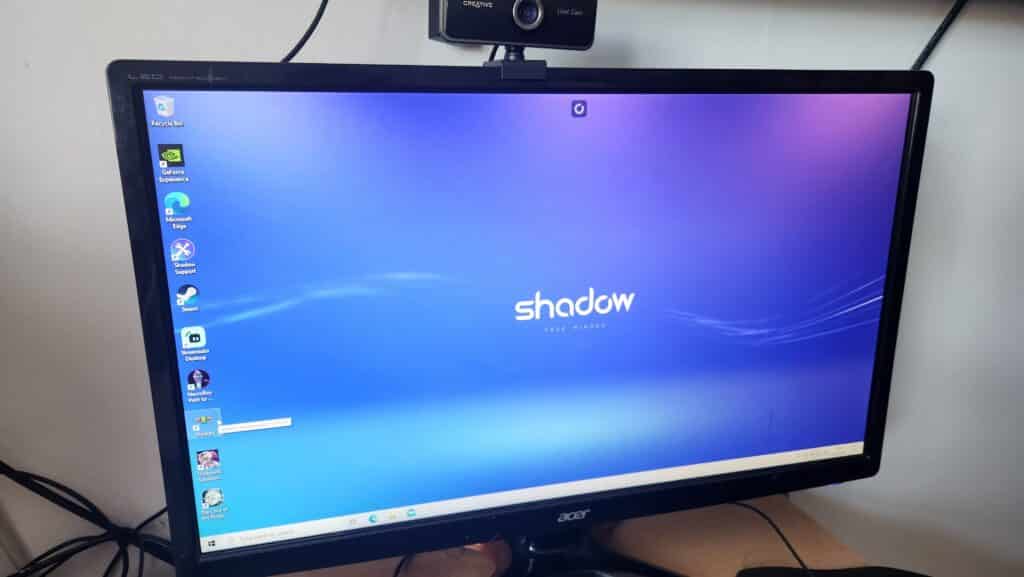
Shadow’s Superpower
The fact that this isn’t a dedicated gaming service is not all bad news though! Unlike the case with Boosteroid and GeForce NOW, you will wait not for blog posts or newsletters informing you of games that are now available to play in the clouds. Why? Because every game is available. If it is playable on Windows, it is playable on Shadow PC. This gives it a definite edge.
Despite the fact GeForce NOW and Boosteroid having an ever-growing library of games, there is likely to be a game you enjoy that hasn’t opted into the cloud. As it isn’t a gaming service, there is no opt-in required for any games. If the specifications are met, you are good to go.
Verdict
Overall I have enjoyed using Shadow PC. The nerd in me loved that my Windows tablet and Bluetooth keyboard magically transformed into a perfectly usable Windows Laptop just by opening an app. Gaming was a fluid experience all around. No, it doesn’t have the same raw power as GeForce NOW‘s Ultimate Tier. But for casual gamers, or gamers playing indie titles or classics, is that necessary?
I understand that the price is high, and that may not align with saying it’s great for casual gamers and indie fans (What casual gamer wants to pay that much to play in the cloud?), but Shadow has more to offer. It’s not just gaming. For example, it can also be used for video editing and other higher-powered tasks. If you have a need for a higher-end PC that extends beyond gaming, this service is a no-brainer.

